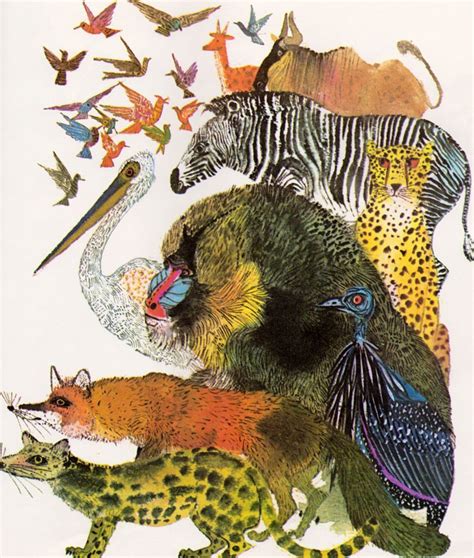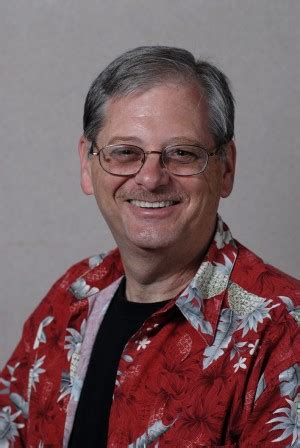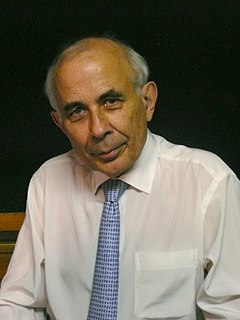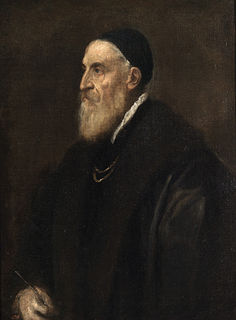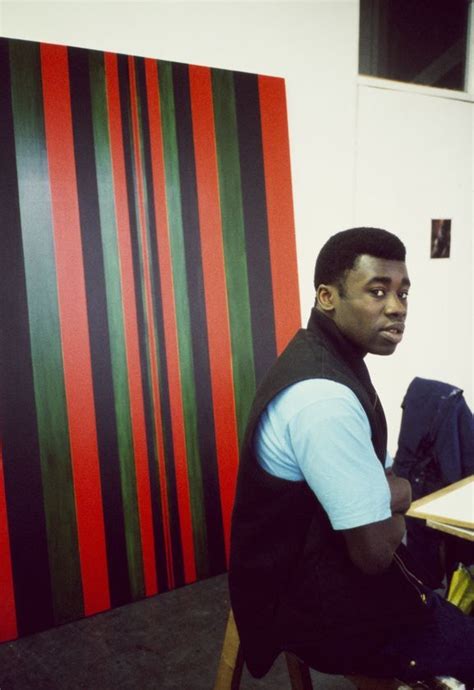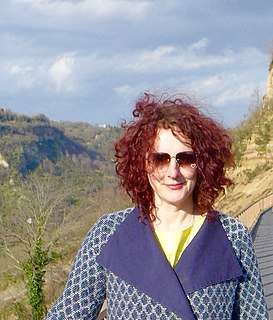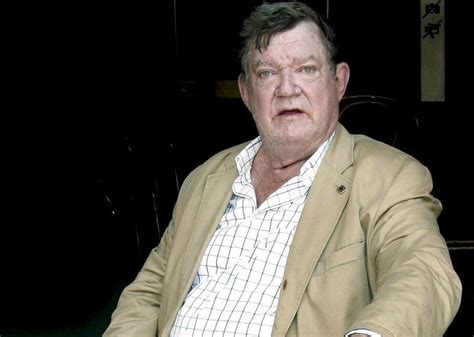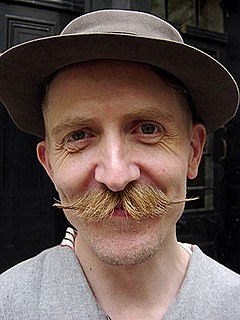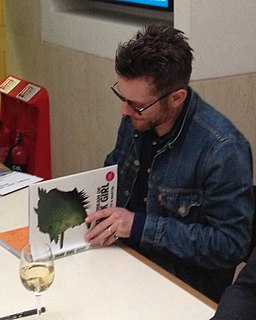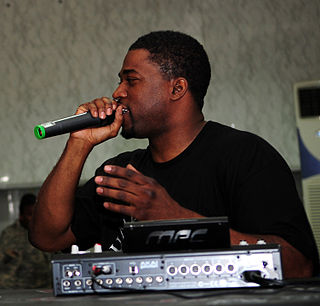A Quote by Brian Wildsmith
In England, there is a dividing line between artists and illustrators, who are thought inferior to painters. Well, that's absolute rubbish. Some of the most creative work is being done in children's books. In Japan, everything is art. They don't say painting is better than ceramics or dress design.
Related Quotes
Artists raise their kids differently. We communicate to the point where we probably annoy our children. We have art around the house, we have books, we go to plays, we talk. Our focus is art and painting and dress-up and singing. It's what we love. So I think you can see how artists in some way raise other artists.
The Metropolitan Museum of Art some time ago held a display of contemporary art at which $52,000 was awarded to American sculptors, painters, and artists in allied fields. The award for the best painting went to the canvas of an Illinois artist. It was described as "a macabre, detailed work showing a closed door bearing a funeral wreath." Equally striking was the work's title: "That which I should have done, I did not do."
Most artists, or at least most of the ones I know, deny having a philosophical outlook that they try to translate into their works. Some had thought of the work of Cezanne and others as being a 'painted epistemology.' But Cezanne himself denied this and Daniel-Henri Kahnwiler, the art critic and art dealer, insisted that none of the many painters he had known had a philosophical culture.
I like to be aware of a book as a piece of writing, and aware of its structure as a product of mind, and yet I want to be able to see the represented world through it. I admire artists who succeed in dividing my attention more or less evenly between the world of their books and the art of their books . . . so that a reader may study the work with pleasure as well as the world that it describes.
Not every painter has a gift for painting, in fact, many painters are disappointed when they meet with difficulties in art. Painting done under pressure by artists without the necessary talent can only give rise to formlessness, as painting is a profession that requires peace of mind. The painter must always seek the essence of things, always represent the essential characteristics and emotions of the person he is painting.
When I was painting in art school - and I think many painters in the 1980s worked similarly - a finished painting would often be constructed from lots of other paintings underneath. Some of these individual layers of painting were better than others, but that was something that you would often only realise retrospectively.
For a while I used to listen to those whispers about babies costing you books, and Cyril Connolly's loathsome quote that "There is no more somber enemy of good art than the pram in the hall." But it's rubbish. Absolute rubbish. A huge amount of your work is done when you're not at your desk. Knotty problems that you need your unconscious to solve. So it can be helpful to walk away and focus on other things and it can be helpful to be a bit harassed in your daily life, to be hungry for time to write.
I was raised around a lot of artists, musicians, photographers, painters and people that were in theater. Just having the art-communal hippie experience as a child, there wasn't a clear line that was drawn. We celebrated creative experience and creative expression. We didn't try and curtail it and stunt any of that kind of growth.
It is hard to think of any work of art of which one can say 'this saved the life of one Jew, one Vietnamese, one Cambodian'. Specific books, perhaps; but as far as one can tell, no paintings or sculptures. The difference between us and the artists of the 1920's is that they they thought such a work of art could be made. Perhaps it was a certain naivete that made them think so. But it is certainly our loss that we cannot.
